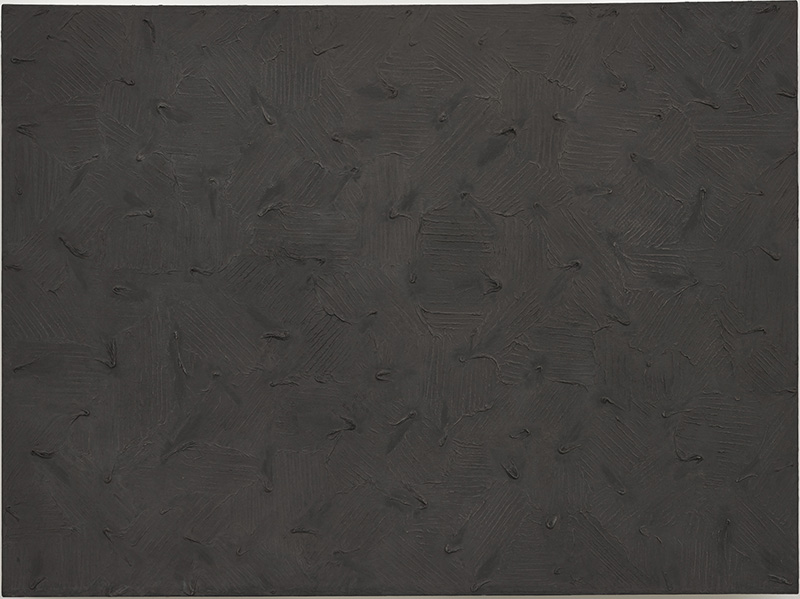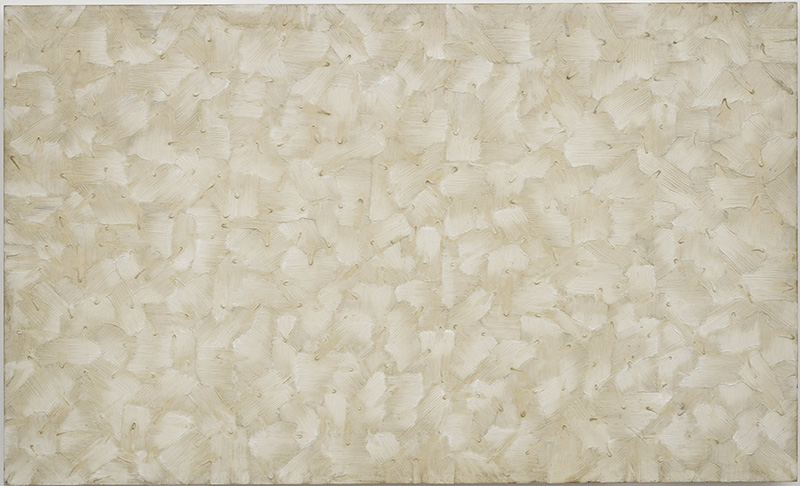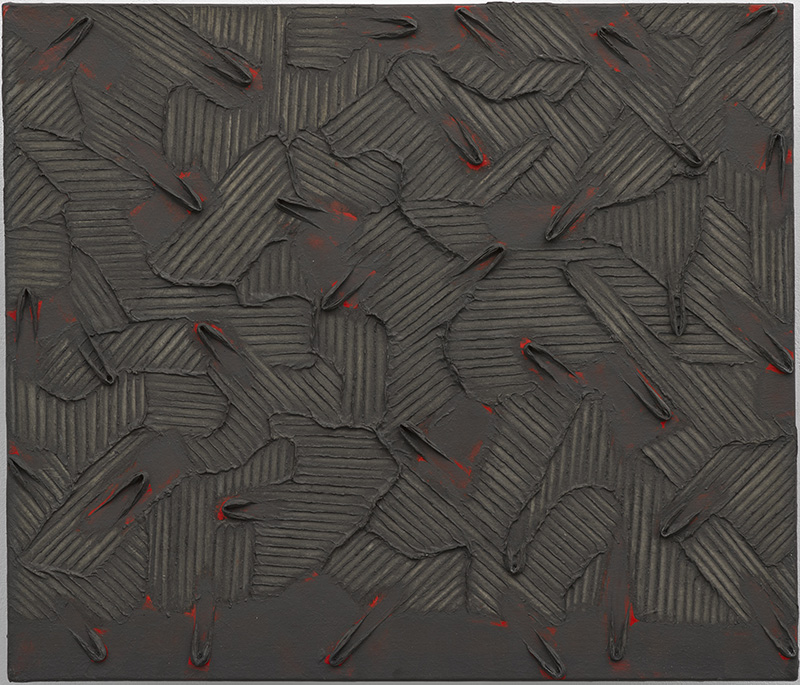ART-PRESENTATION: Park Seo Bo-ZIGZAG
 Park Seo-Bo’s works reflect 50 years of exploring the role of the artist as a channel through which energy manifests itself in form. One of the most influential artists in modern Korean history, Park uses traditional Korean paper and employs simple but dramatic gestures that allude to a rudimentary language. Framing many of the fundamental concepts of Dansaekhwa, Park has pursued his philosophy of the artist as a conduit.
Park Seo-Bo’s works reflect 50 years of exploring the role of the artist as a channel through which energy manifests itself in form. One of the most influential artists in modern Korean history, Park uses traditional Korean paper and employs simple but dramatic gestures that allude to a rudimentary language. Framing many of the fundamental concepts of Dansaekhwa, Park has pursued his philosophy of the artist as a conduit.
By Efi Michalarou
Photo: White Cube Gallery Archive
The exhibition “ZIGZAG: Ecriture 1983-1992” at White Cube Gallery in London focus on one particular group within Park Seo-Bo’s series, referred as the “Zigzag” paintings, which were produced between the mid-‘80s and early ‘90s, as well as a number of his most recent “Ecriture” works.In the late ‘50s, as Korea emerged from its civil war, Park was part of the Korean Avant-Garde alongside artists such as Kim Tschang-Yeul, Ha In-Doo and Kim Seo-Bong. Most of these artists had studied at Seoul National University or Hong-Ik University, where art schools were established in the brief interlude of peace between the end of World War II, which also marked the end of the Japanese colonial era in Korea and the outbreak of the Korean War. The trauma and cultural erasure attendant on the war years would become a powerful motive for artistic regeneration: the development of a Korean Art that could somehow reconcile traditional art with the spiritual requirements of the present. First begun in the late ‘60s, the “Ecriture” series embrace his spiritual approach and are inextricably linked to notions of time, space and material, concepts which underpin all of the artist’s work. In the early works, Park used repeated pencil lines incised into a still-wet monochromatic painted surface, and the later works expand upon this language through the introduction of hanji, a traditional hand-made Korean paper, which is adhered to the canvas surface. This development, along with the introduction of colour, enabled an expansive transformation of his practice while continuing the quest for emptiness though reduction. The works from the 1980s onwards feature several layers of hanji strips soaked with paint and applied to the canvas when the surface is still wet. Using sharp wooden sticks, pieces of iron or his own hand, he incised it with patterns to create dynamic, diagonal compositions or simple overall grids, adding coloured pigment during the final step. In one of the most monumental works in the exhibition, “Ecriture No. 870907” (1987), the artist added to the pigment a powder made from thousands of crushed seashells, which over time give the work a distinctive patina. In two recent works from 2014 and 2016, he uses bright red pigment and furrowed vertical lines to animate the picture surface. Although the rhythmical, dynamic patterns of the later works might contrast formally to the monochromatic language of the earlier works, ultimately their methodology remains the same.
Info: Curator: Katharine Kostyál, White Cube Gallery, 25 – 26 Mason’s Yard, London, Duration 20/1-11/3/17, Days & Hours: Tue-Sat 10:00-18:00, http://whitecube.com


